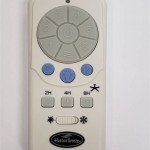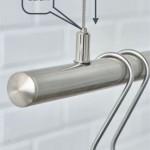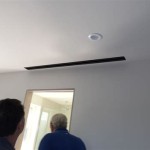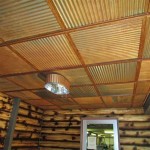If you’re looking for a way to improve air circulation in your home, ceiling vents are a great option. Ceiling vents come in a variety of styles and sizes, and it’s important to choose the right one for your needs. Here are some tips to help you select the best ceiling vent for your home.
Types of Ceiling Vents
There are two main types of ceiling vents: those that can be mounted on the ceiling and those that are installed into the ceiling. Mounted vents are typically more cost-effective and easier to install, while built-in vents provide more air circulation and require more complex installation. Depending on your needs, you can choose between a variety of styles and sizes.
Measuring Your Ceiling Vent
Before you purchase a ceiling vent, you’ll need to measure the area where the vent will be installed. If the vent is being mounted on the ceiling, it’s important to measure the length, width, and height of the space. If the vent is being installed into the ceiling, you’ll need to measure the length, width, and depth of the space. Make sure to take into account any obstructions, such as pipes, ducts, and wires.
Choosing the Right Vent Design
Once you’ve measured the space, you’ll need to decide which type of vent is best for your home. Mounted vents are typically more cost-effective and easier to install, while built-in vents provide more air circulation and require more complex installation. Additionally, you’ll need to consider the design of the vent. Some vent designs are intended to blend in with the ceiling, while others are designed to be more decorative. Consider your home’s overall aesthetic when selecting a vent design.
Installing Your Ceiling Vent
Once you’ve chosen the right ceiling vent for your home, it’s time to install it. If the vent is being mounted on the ceiling, you’ll need to use screws to secure it in place. If the vent is being installed into the ceiling, you’ll need to cut out a hole for the vent and secure it in place. In either case, it’s important to follow the manufacturer’s instructions carefully and make sure that the vent is securely attached.
Cleaning and Maintaining Your Ceiling Vent
Once your ceiling vent is installed, it’s important to keep it clean and properly maintained. Dust and debris can accumulate in the vent over time, reducing air flow and causing odors. To keep your vent clean, use a vacuum or a damp cloth to remove any dust or debris. Additionally, check the vent periodically to make sure it’s securely attached and that there are no signs of wear or damage.
Conclusion
Ceiling vents are a great way to improve air circulation in your home. To choose the right ceiling vent for your needs, you’ll need to measure the space, select the right vent design, and install it securely. Additionally, it’s important to keep the vent clean and properly maintained to ensure optimal performance. By following these tips, you can select the best ceiling vent for your home.












Related Posts








